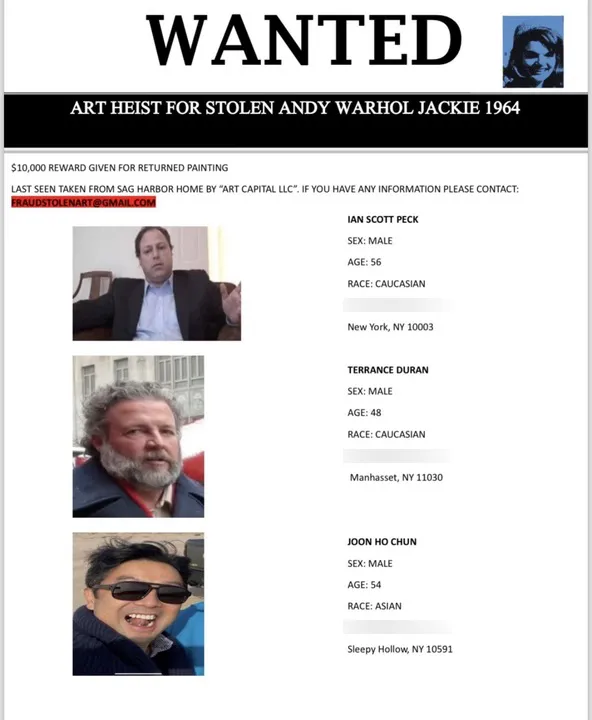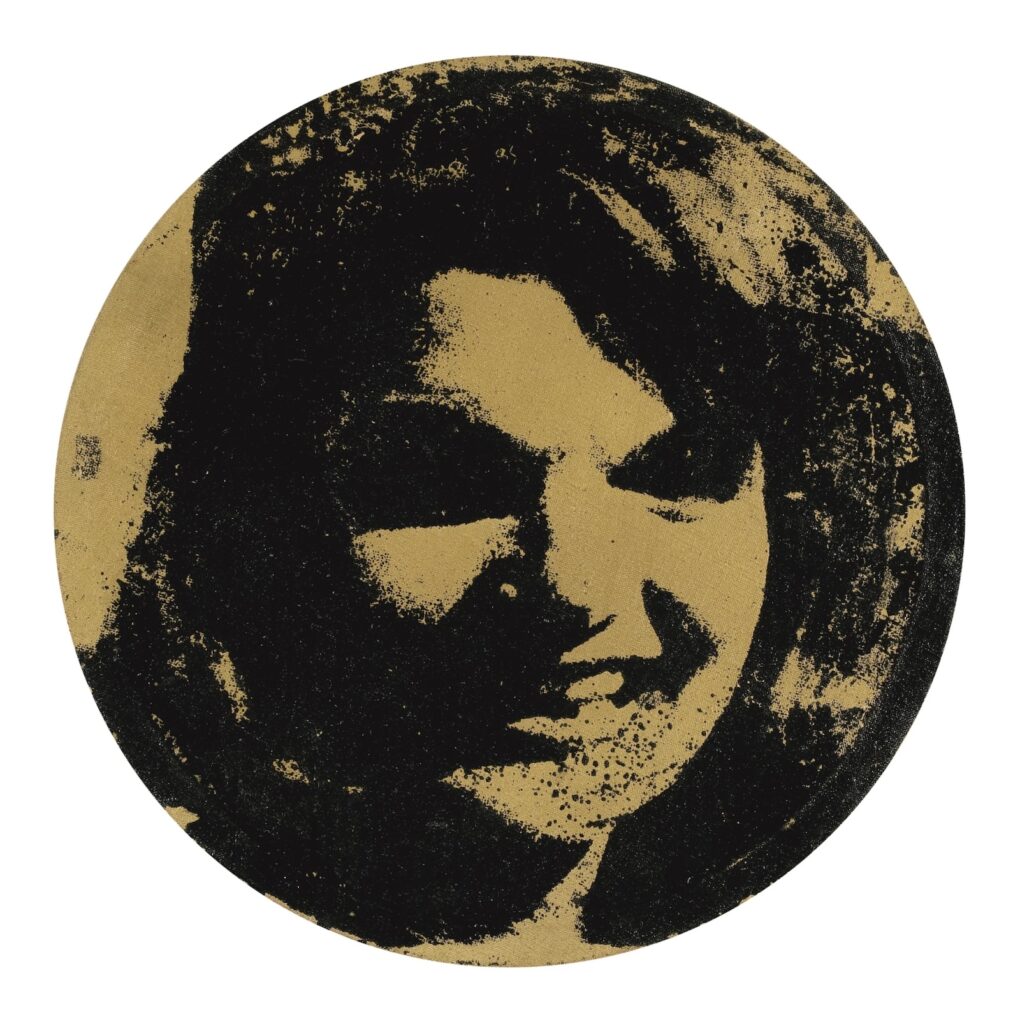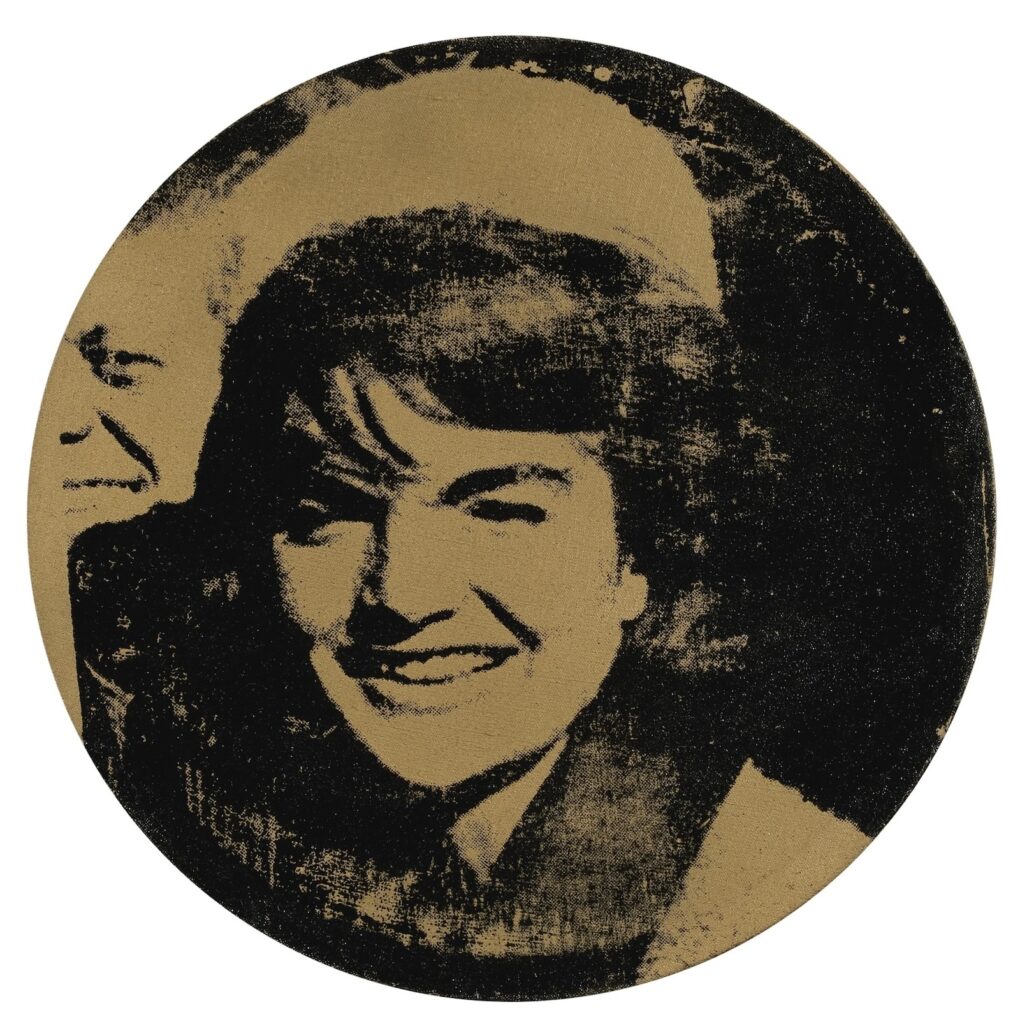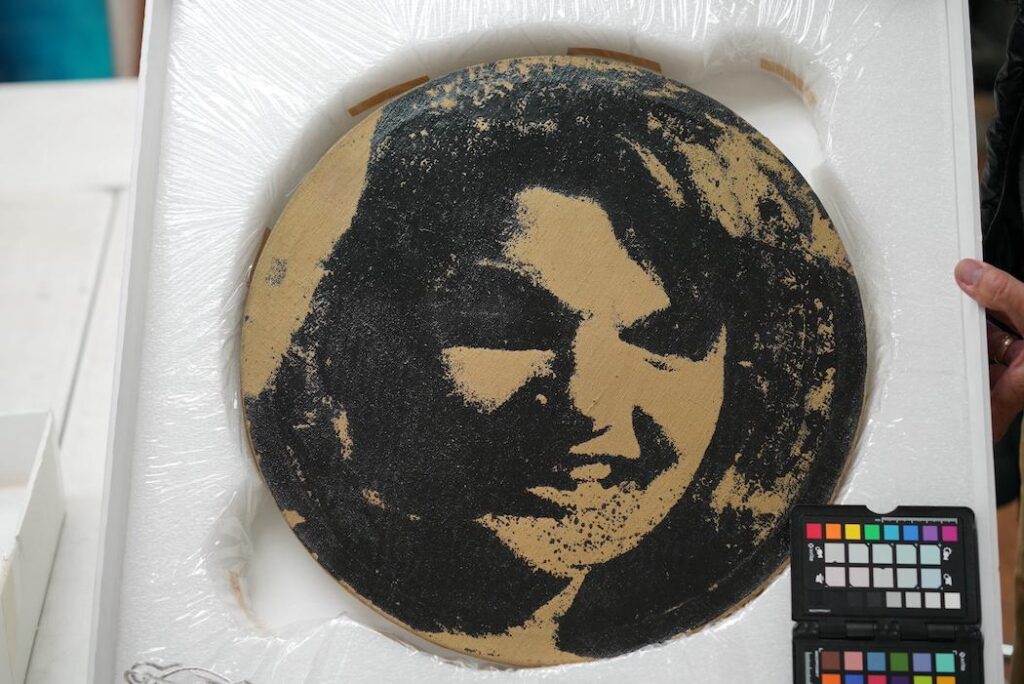In other Warhol Jackie at the center of legal dispute news, if the latest developments in the Libbie Mugrabi dispute with the art lending firm Art Capital Group are confusing, we can go back to Page Six’s report last February.

That is when Mugrabi handed out wanted posters in front of ACG’s office, claiming they’d stolen her Warhol. ACG hadn’t filed a defamation lawsuit yet, so they were still talking to the press. Combined with the exhibits filed in their lawsuit [NYC County Supreme Court, 654058/2024] explained that Mugrabi had sought a 12-month, $3 million loan at at least 11.25%, plus a 2.25% referral fee to one of those guys up there—all booked up front, so she’d net $2.595m—against a Basquiat she said was worth $30 million.
Because she didn’t have the $12,500 processing fee required by the term sheet she signed, ACG suggested she use the Warhol as security against the expenses she agreed to, like shipping, research, insurance, storage, etc. And that is how they came to have custody of both the Basquiat and the Warhol, even though, by February 2024, it had become clear to ACG that they couldn’t find anyone to hold the Basquiat loan.
I think any of us would be understandably pissed if we were charged $12,500, or $27,000 or $97,000 and counting for a loan someone couldn’t deliver. Even if the reason they couldn’t make the loan was because of all the other legal claims and disputes being made against us by all sorts of creditors and mortgage holders and former household employees.
All of this is deeply uninteresting, though, especially compared to the absolute buck wild marvel of someone named Mugrabi having only one Warhol. And what, then, is that Warhol? As the Wanted poster teases, it is a blue, 20 x 16-inch, Jackie from 1964. And Libbie told Page Six her ex-father-in-law Jose had purchased it “at Christie’s seven years ago” for $869,000.
Some part of that might be true. About seven years before February 2024, Christie’s sold at least three nearly identical blue 1964 Jackie paintings. All have the same scant info and direct provenance: “Andy Warhol Works from a Private Collection” acquired directly from the artist, no date given. The first, in a morning sale on 16 November 2016, sold for $703,500 against a $700k-1m estimate. On 18 May 2017, another one sold for $595,500 against an estimate of just $400-600k. Then in an evening sale in Hong Kong on 27 May, the last sold for HKD5.954, or $764,000, against a roughly $400-600k estimate.

Barring the possibility of a fourth Jackie sold privately, to the world’s biggest Warhol trader, for 15-60% more, and based on the trace of black along the upper right edge, I think Libbie’s Jackie was the cheapest one, from 18 May.

Lmao how did I only just realize that this is the same screen Warhol used for the round gold Jackie from the Jho Low/Swizz Beatz/US Marshalls sale situation?
1MDB Warhol Round Jackie
2009: Have You Seen Me? The Find The Warhols Project
On Second Thought, Don’t Find The Warhols
2012: So Appropriate: Find The Warhols At House of Switzerland




